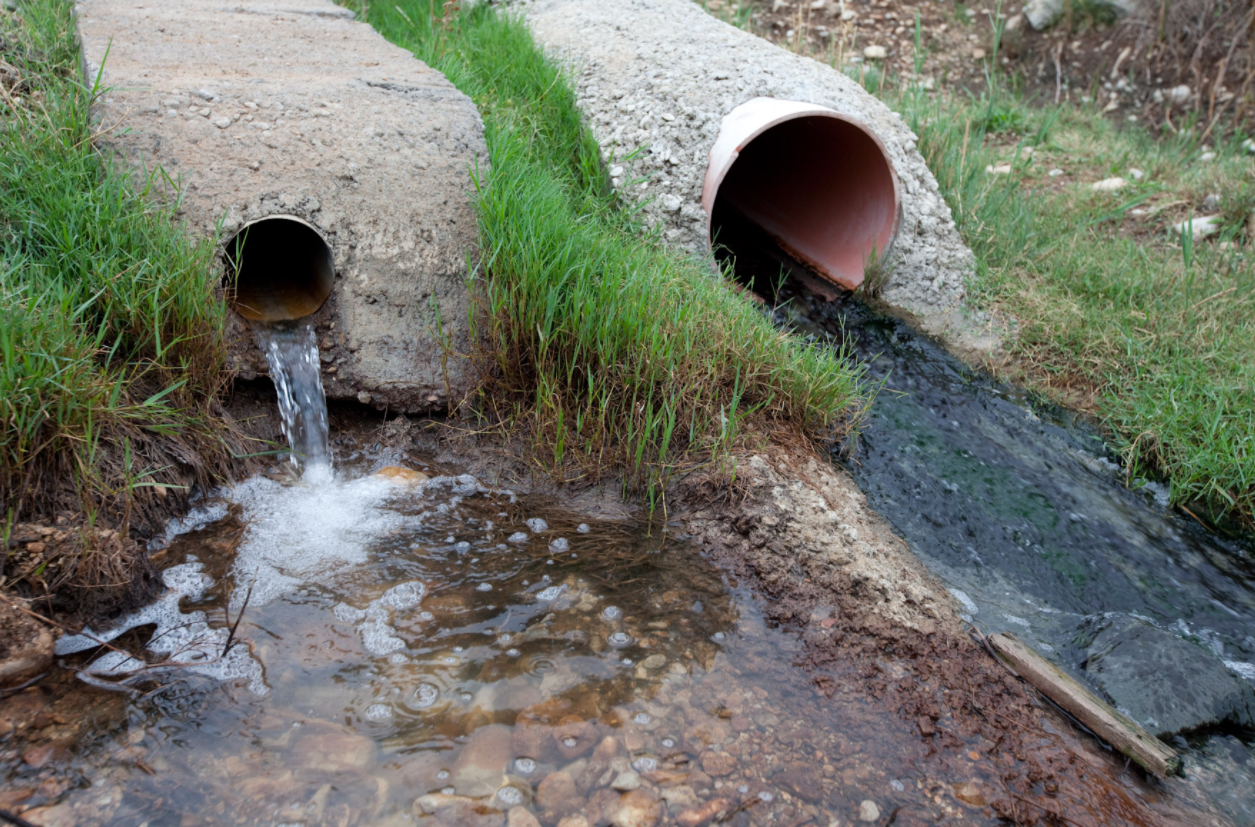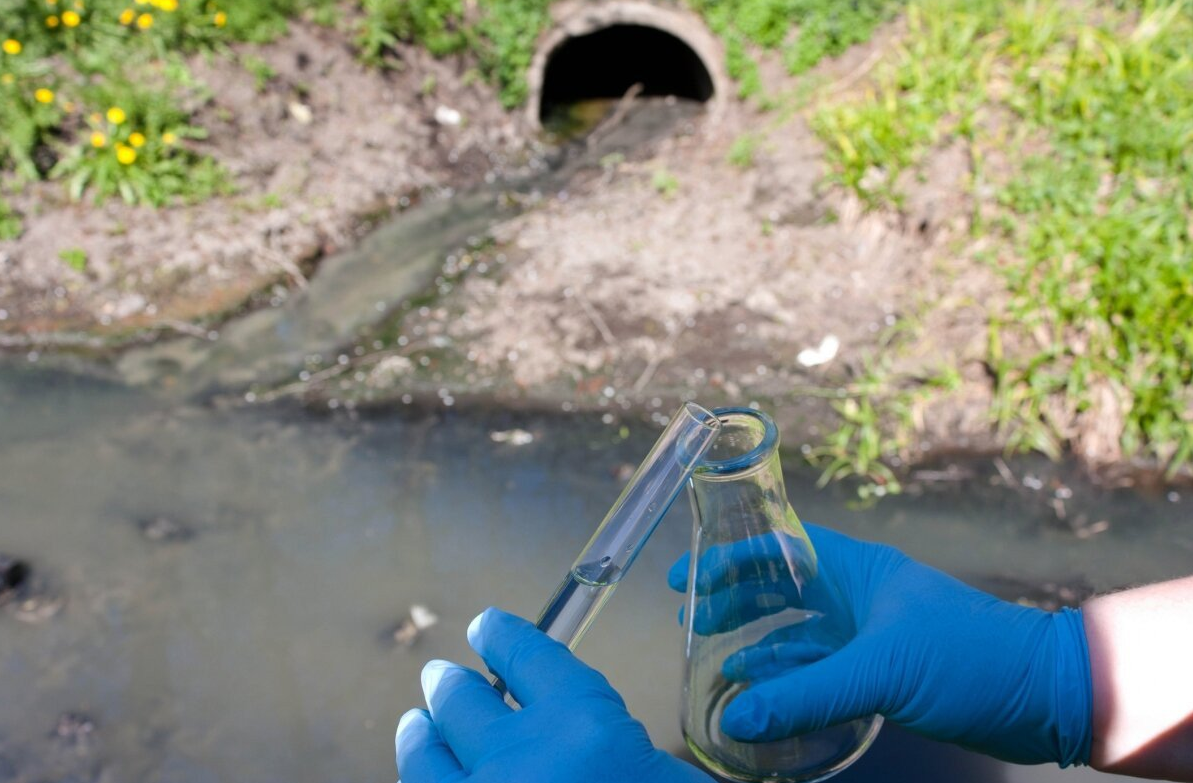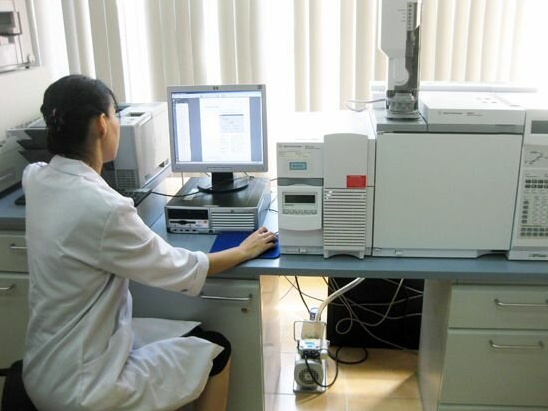We have already introduced the gravimetric method and barium chromate volumetric method to the detection methods of sulfate in water. Today we will introduce some methods for the detection of sulfate in sewage by ion chromatography.
The principle is that when the eluent carries the sample into the separation column, the sample ion competes with the counter ion of the ion exchange functional group for the ion exchange position of the resin. After many competitions, the exchange balance is reached. Because different ions have different affinities for the resin stationary phase, various ions are eluted from the chromatographic column successively through the continuous elution of the eluent, and separation is achieved. By greatly reducing the conductance value of the eluent by the suppressor, various ions can be detected by the detector, and the chromatographic peaks of the detected ions can be obtained. Qualitatively based on retention time and quantified based on peak area or peak height.

Instruments and reagents used for testing
1. Eluent stock solution: 0.18mol/L sodium carbonate + 0.17mol/L sodium bicarbonate solution
Weigh 19.1g of sodium carbonate and 14.3g of sodium bicarbonate (both need to be baked at 105°C for 2h, cooled to room temperature in a desiccator), dissolved in water, diluted to 1000mL with laboratory ultrapure water, shaken, and stored in polyethylene Stored in a bottle in the refrigerator, it is valid for 6 months.
2. Eluent use liquid: 0.0018mo1/L sodium carbonate + 0.007mol/L sodium bicarbonate solution
Take 10mL of elution stock solution, dilute to 1000L with laboratory ultrapure water, and shake well.
3. Regeneration solution: 0.0125mo1/L sulfuric acid solution
Draw 0.7mL concentrated sulfuric acid p(H2SO4)=1.84g/mL, slowly add it to water, and dilute to 1000mL after cooling.
4. Potassium hydrogen phthalate eluent: pH value is 6.5.
Weigh 0.1661g of potassium hydrogen phthalate (baked at 105°C for 2h) and dissolve it in water, dilute to 1000ml with ultrapure water, adjust the pH to 65 with solid lithium hydroxide (or potassium hydroxide), and then use 0.45um The microporous membrane is filtered and degassed, and the solution is stored in a polytetrafluoroethylene bottle.
5. Sulfate Standard Stock Solution
Weigh 0.1479g sodium sulfate (baked at 105°C for 2h), dissolve it in water, dilute to 100mL with ultrapure water, store in a polytetrafluoroethylene bottle, and store in the refrigerator.
6. Ion Chromatograph
7. Electrochemical detector
8. Injector
9. ChemStation and printer or integrator
10. Leaching and regeneration liquid storage tank
11. Ultrasonic oscillator and vacuum filter

Sulfate detection procedure
The parameters of the chromatograph are set as follows: sodium carbonate-sodium bicarbonate as the eluent, the eluent flow rate is 1.8 mL/min, the regenerant flow rate is 5 mL/min, and the water sample is injected through the loop. The injection volume is 25 uL. Potassium hydrogen formate is the eluent, the eluent flow rate is 1.2mL/min, the water sample is injected through the quantitative tube, and the injection volume is 100uL. The operation of the instrument should be carried out in accordance with the operation manual provided by the manufacturer.
Then the water sample is appropriately diluted (or concentrated), and then analyzed and determined according to the operation of the instrument under the given chromatographic conditions.

Calibration curve drawing
According to the approximate concentration range of the tested water sample, six standard solutions of different concentrations are prepared using the sulfate standard stock solution to become a chromatographic calibration series. According to the detection steps, perform chromatographic analysis on the calibration series in the order of concentration from low to high, and draw the calibration curve with concentration as the abscissa and peak area or peak height as the ordinate;
Finally, it is qualitative according to the peak retention time of the ion, and it is quantified according to the peak area or peak height. The concentration of sulfate in the water sample is expressed in mg/L.



